Prostate cancer treatment
Prostate cancer is the second of the most common male cancer types all over the world. This rather common disease has distinct conditions for development, knowing of which allows not only to reveal cancer at its early phases but also to prevent it.
Prostate cancer often develops so slowly that it does not cause any problems over a lifetime. That is why men do not receive timely treatment, and suffer from its side effects instead, such as long-lasting problems with urinary and sexual function.
Risk factors for the developing of prostate cancer are:
- sedentary lifestyle,
- bad habits (smoking, alcohol),
- irregular sex or termination of sexual activity,
- frequent changing of partners that can be a reason for sexually-transmitted infections and cause inflammations,
- a history of chronic prostatitis.
Together with right living and regular preventive examinations by a specialist, screening plays the very important role in early detection, revealing and avoidance of prostate cancer development. The most informative screening for early detection of prostate cancer is a PSA test, which is the analysis for the presence of specific prostatic antigen in the blood.


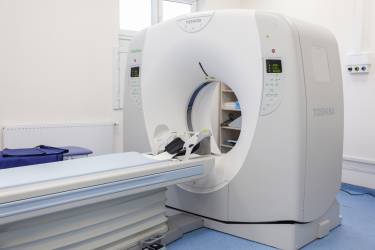
Dobrobut clinic chain specialists recommend absolutely all the men over 40 to undergo annual screening for prostate cancer and predisposing causes detection. The screening includes preventive examinations by an urologist, including informing on the risk factors in the man’s life, and also a PSA test.
Elevated titers to the prostatic antigen in blood do not have to indicate the presence of cancer, but always are the markers that cannot be ignored. If the PSA test has not revealed the elevated amount of antigen in blood, a doctor should assign additional diagnostic methods for confirmation or refutation of the prostate cancer. Biopsy and MRI of small pelvic organs are the most informative diagnostic techniques that not only help to detect the presence of cancer or precancerous states, but give the information on the degree of cell damage (cancer stage). The doctor requires this information to choose a treatment approach.

Biopsy
For many men biopsy is the next logical step in case of suspected prostate cancer. An urologist takes tissue samples form the prostate using fine needles during the procedure. This ultrasound-guided procedure is performed with ultrafine needles under local anesthesia at Dobrobut oncological clinic center. A patient can go home within a few hours after the procedure.
A tissue sample is sent to pathologists for analysis, where the obtained samples are assessed under Gleason grading system.
Gleason score is aimed at determining of aggressiveness of prostate cancer, and how fast the tumor will grow and spread onto other organs. The pathologist who examines the sample get during the biopsy assigns the score according to Gleason grading system: the higher the score, the more aggressive the cancer.
Gleason score is the sum of two numbers. To receive these numbers, a specialist determines where the cancer is located (in which part of the organ there is the largest number of cancer cells) and assigns the number from 1 to 5 according to the classification. Then he or she defines in which part the cancer is more significant (where the cells are the most affected with cancer) and assigns the second number from 1 to 5.
A tumor which score is 6 and below is considered the cancer with low aggressiveness. The score 7 or above means the probability of fast spreading of cancer and high risks for the patient.
Instrumental diagnostics
To control the tumor and detect the slightest changes in it, doctors may prescribe additional diagnostic methods. One of these methods is MRI , as it provides better visualization of the prostate, and also allows you to assess the condition of the lymph nodes. Since prostate cancer most often metastases to the bone, bone scintigraphy may additionally be prescribed.
Bibliography
- Лопаткин Н.А., Сивков А.В., Камалов А.А. и др. Трансуретральная резекция предстательной железы и лечебная тактика ведения больных с верифицированным и не верифицированным раком простаты. Матер. Пленума Правления российского общества урологов. М 1999; 231-232.
- Martov AG, Kornienko SI, Gushchin BL, Ergakov DV, Sazonov OA: Intraoperative urological complications in transurethral surgical interventions on the prostate for benign hyperplasia. Urologiia 2005:3-8.
- Martin Marszalek, Anton Ponholzer, Michael Rauchenwald, Stephan Madersbacher -Palliative transurethral resection of the prostate: functional outcome and impact on survival. Published online, October 11, 2006.
Our advantages
Our services
Our urologists
Choose the nearest clinic to you
ISO certificates
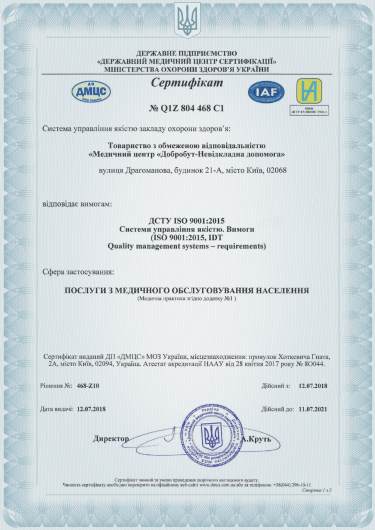
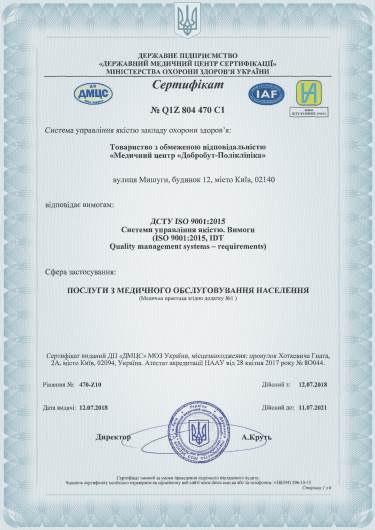
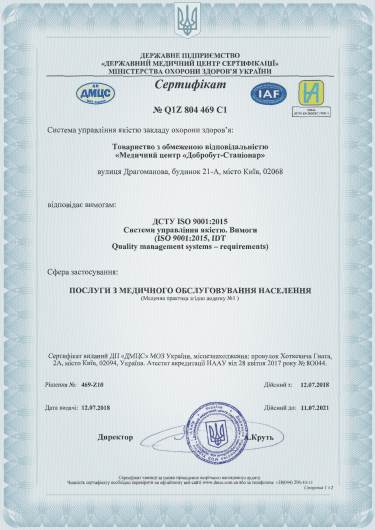
Accreditation certificates
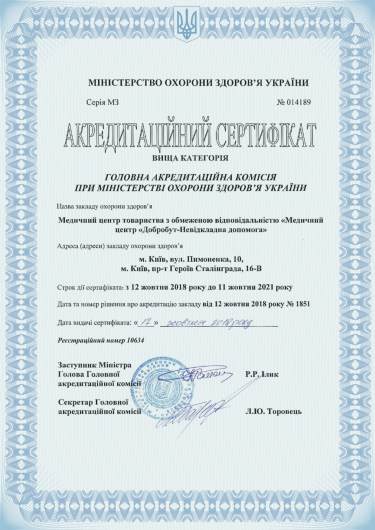
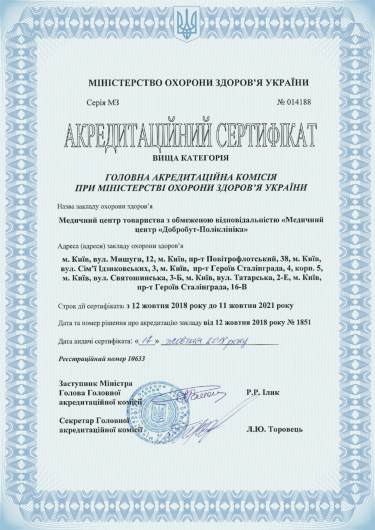

Medical practice licenses
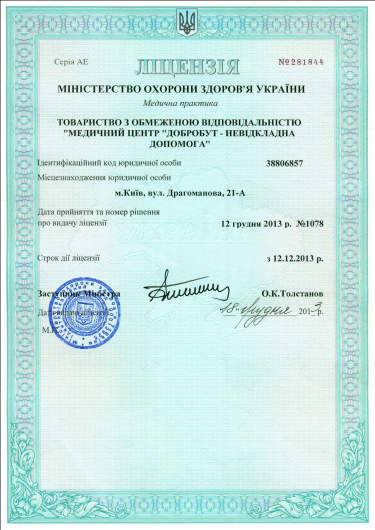
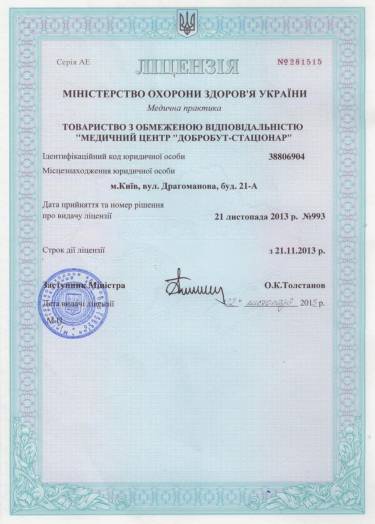

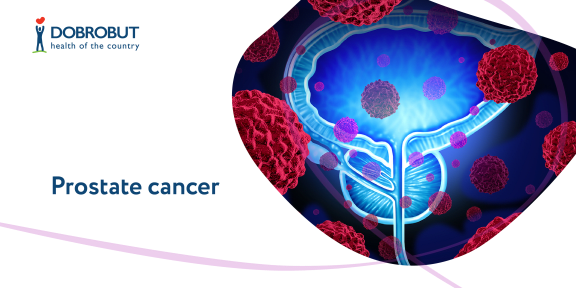














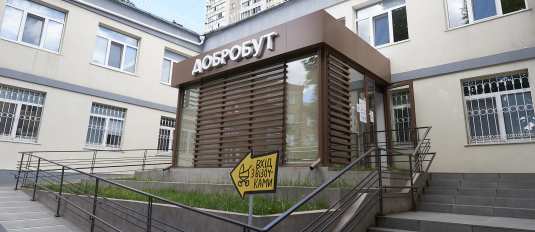




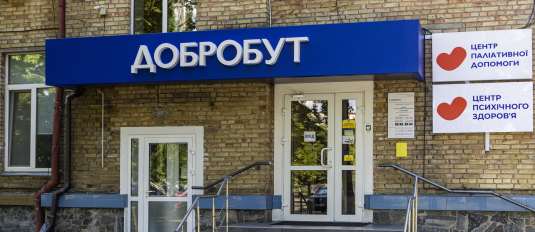

%402x.png)
%402x.png)
